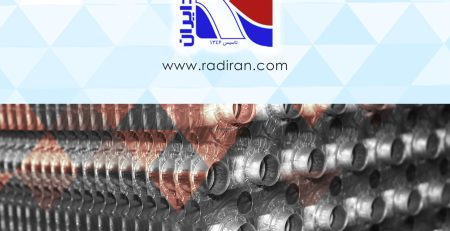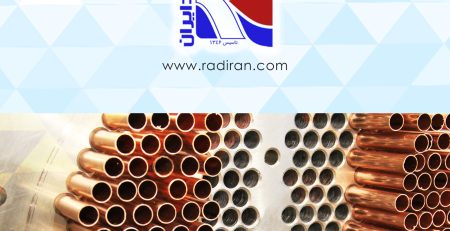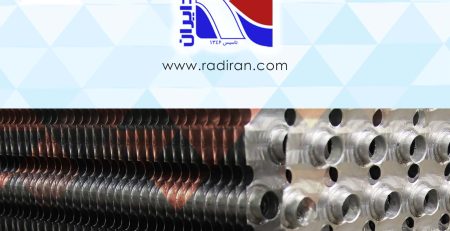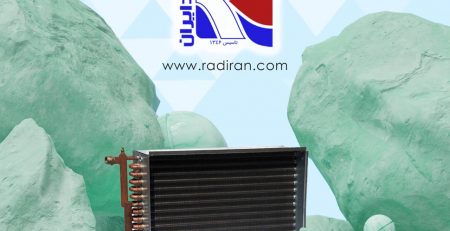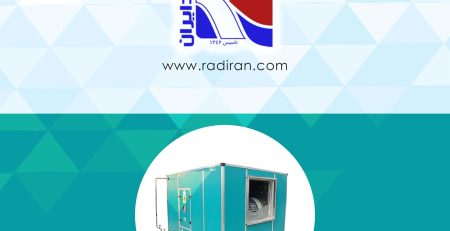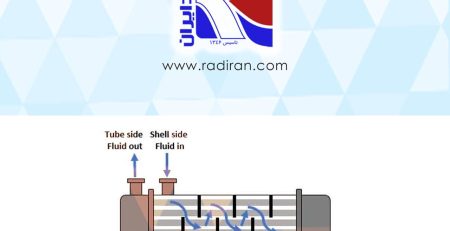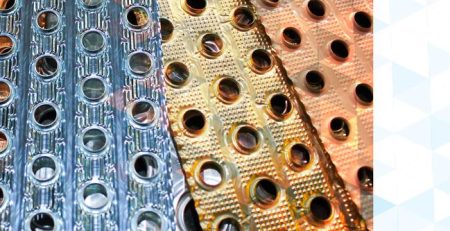Technical Study on the Use of Copper and Aluminum as Materials in Coil Fins and Tubes and Their Advantages Compared to Other Metals
Introduction
Coil fins and tubes are essential components in heat exchange systems used in HVAC equipment, chillers, unit heaters, and other thermal systems. The choice of material for manufacturing tubes and fins directly impacts heat transfer efficiency, overall system weight, corrosion resistance, and total cost. This article explores the technical reasons behind the use of copper for tubes and aluminum for fins, along with their advantages and comparisons to other metals.
1. Thermal and Mechanical Properties of Copper
• High Thermal Conductivity: Copper has an excellent thermal conductivity of approximately 385 W/m·K, nearly five times higher than steel. This enables rapid and efficient heat transfer within the coil tubes.
• Corrosion Resistance: Copper exhibits strong resistance to oxidation and corrosion under typical environmental conditions, especially in the humid environments typical of HVAC applications.
• Excellent Workability and Weldability: These characteristics allow copper tubes to be manufactured precisely and cost-effectively with good resistance to pressure and temperature variations.
• Durability and Long Lifespan: Due to its corrosion resistance and mechanical strength, copper tubes offer extended service life and reduce maintenance frequency and costs.
2. Characteristics of Aluminum and Its Application in Fins
• Adequate Thermal Conductivity: Aluminum’s thermal conductivity is about 205 W/m·K, which is lower than copper but significantly better than steel or iron. This value is sufficient for fins, which have a large surface area for heat exchange.
• Lightweight: Aluminum has a density of about 2.7 g/cm³ compared to copper’s 8.96 g/cm³, significantly reducing the overall weight of the coil assembly. This facilitates easier installation and handling.
• Corrosion Resistance: Aluminum naturally forms a protective oxide layer on its surface, enhancing resistance to corrosion.
• Lower Production Cost: Aluminum is less expensive than copper, helping decrease overall coil manufacturing costs.
3. Comparison with Other Metals
• Steel and Iron: These metals have thermal conductivities near 50 W/m·K—much lower than copper or aluminum—resulting in slower heat transfer rates. They are also more prone to rust and corrosion, requiring additional protective coatings that increase costs and maintenance.
• Other Alloys: Copper alloys (e.g., brass) and aluminum alloys are sometimes used but generally offer lower thermal performance or higher costs, making pure copper and aluminum more favorable choices.
4. The Optimal Combination of Copper and Aluminum in Coils
Since tubes directly carry the fluid, copper’s superior thermal conductivity makes it an ideal tube material. Conversely, fins benefit from aluminum’s lightweight and cost advantages, and its conductivity is sufficiently high given the large fin surface area. This hybrid design improves thermal performance, reduces costs and weight, and extends system lifespan.
Conclusion
The selection of copper and aluminum for coil fins and tubes is driven by key technical factors such as thermal conductivity, corrosion resistance, weight, and cost. Copper, with its thermal conductivity of 385 W/m·K and durability, is ideal for tubes. Aluminum, with a conductivity of 205 W/m·K, light weight, and lower cost, is well-suited for fins. Together, this combination optimizes the performance, cost-efficiency, and longevity of HVAC and heat exchange systems, outperforming other metals


